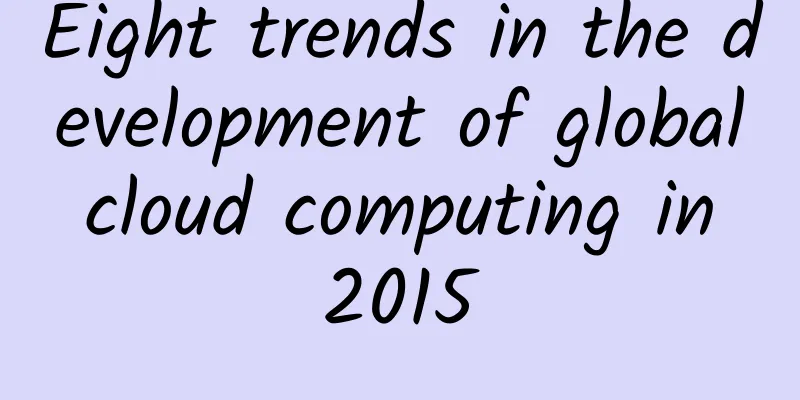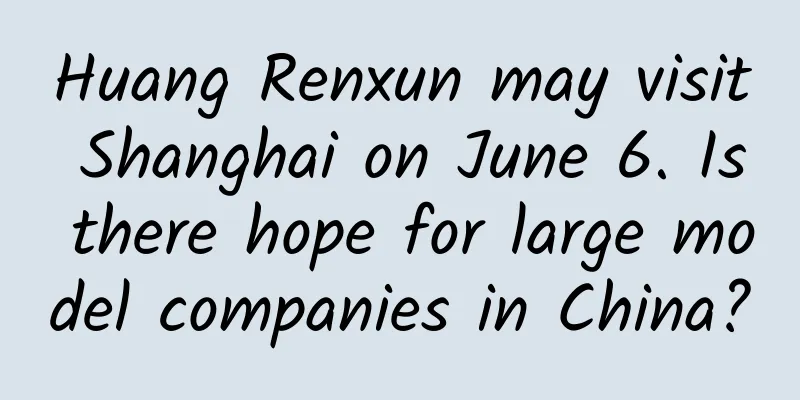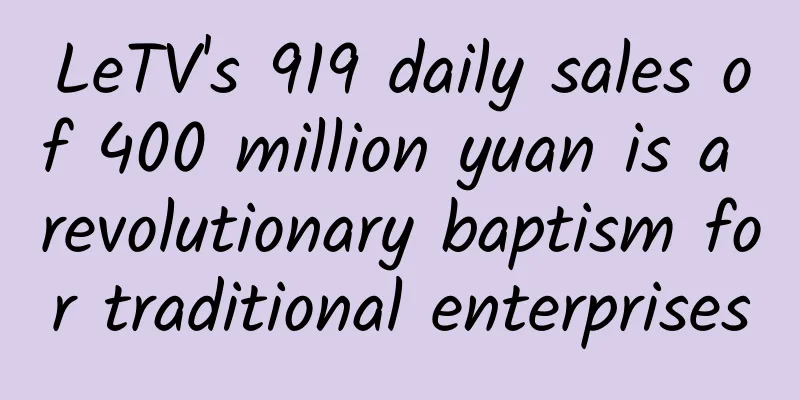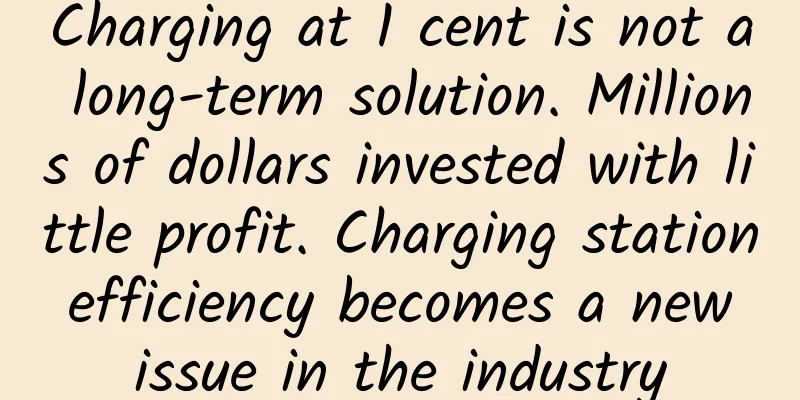Eight trends in the development of global cloud computing in 2015

|
In 2014, we saw how cloud computing has driven great innovation in both consumer and enterprise products, becoming the new normal for organizations of all sizes. Today, cloud computing has become the engine of innovation for many companies, including emerging companies such as Dropbox, Airbnb, Pinterest, Hailo, WeTransfer and Soundcloud, as well as mature companies such as Bristol-Myers Squibb, Shell, Unilever and Spanish insurance group Mapfre. At the same time, we have also seen a large number of Chinese companies accelerate their pace of innovation and expand international markets faster through cloud computing. Xiaomi is serving smartphone users around the world through cloud computing; Envision Energy is managing smart wind farms around the world through cloud computing; Cheetah Mobile provides mobile phone security protection for users around the world through cloud computing. There is no doubt that cloud computing has had a wide impact. While we’ve seen amazing innovations, we’re only just getting started. In 2015 and beyond, the cloud will deliver exciting innovations that will touch every aspect of our lives. I’ve picked out eight trends that will accelerate in 2015 and beyond, based on what our customers are doing. Cloud analytics will be everywhere. Cloud analytics impacts almost every consumer and every business sector. Often, consumers don’t notice the cloud because it powers different applications. But cloud analytics is becoming more and more common. From retail recommendations to genomics-based product development, from financial risk management to startups measuring the effectiveness of their new products, from digital marketing to rapidly processing clinical trial data, these areas are reaching new levels with the help of cloud-based analytics. AWS (Amazon Web Services) has clearly seen this trend, as our data warehouse service Amazon Redshift has become the fastest growing cloud service in the company's history. We even find that Amazon Redshift is the first cloud service used by many enterprises. As more and more enterprises begin to understand the role of analytics in their development, we expect this service to achieve explosive growth in 2015. The cloud will enable self-service analytics. In the past, analytics systems within organizations were at the pinnacle of old-style IT: a centralized data warehouse running on dedicated hardware. In modern enterprises, this situation is unacceptable. Analytics plays a vital role in helping business units become more agile, respond more quickly to business needs, and develop products that customers really need. But this centralized, inflexible, old-style data warehouse model often leaves business users stuck. Cloud-based analytics completely changes this situation. Business departments can now quickly create their own data warehouses in the cloud with the help of cloud service resources, and can choose the scale and speed of the data warehouse according to their needs and budget. It can be a small data warehouse with 2 nodes running during the day, or a large data warehouse with 1,000 nodes running only for a few hours on Thursday afternoon, or a data warehouse running at night to provide the required data to the staff the next day. A good example is how the global business publication Financial Times uses analytics. The 120-year-old Financial Times has transformed itself in many ways, using the cloud to run business intelligence (BI) workloads to analyze all its stories, make the newspaper more personal, and provide readers with a more customized reading experience, completely changing the way it delivers content to readers. With the new business intelligence system, the Financial Times can analyze 140 reports in real time every day and improve the agility of completing analytical tasks, reducing the time required for analysis from several months to several days. In addition, the Financial Times has also expanded its business intelligence to provide readers with more targeted advertising. By using Amazon Redshift, the Financial Times can process 120 million independent events every day and integrate internal logs and external data sources to create a more dynamic newspaper for readers. The cloud makes everything smart. These days, everything can be made “smart” — smart watches, smart clothes, smart TVs, smart homes, and smart cars. The software for most smart devices runs in the cloud. Whether it’s your thermostat at home, an activity tracker on your wrist, or smart movie recommendations on your beautiful UHD TV, they’re all driven by analytics engines running on the cloud. Because the “intelligence” of these smart products resides in the cloud, this has also given rise to a new generation of devices. Philips CityTouch, which makes street lighting smart, is a good example. Philips CityTouch is a smart street light management system for the entire city. It provides a networked road lighting solution that allows the entire suburbs and cities to intelligently control street lighting and manage the environment after dark in real time. City managers can maintain good lighting on streets with high traffic volume, increase brightness in bad weather or when the ambient light is too low, or dim lights in sparsely populated industrial areas. This technology has been applied in places such as Prague and the suburbs of London. CityTouch is using the cloud as the backend technology to run the system and extract valuable information from the large amount of data collected by sensors installed on street lights. This data enables city managers to better understand the situation in the city after dark and adopt more effective lighting management plans to avoid excessive light pollution from causing adverse effects on urban residents and wildlife. Cloud analytics will improve city life. Cloud analytics can use information about the urban environment to improve living conditions for city dwellers around the world. The work being done in Chicago is a great example. Chicago is one of the first cities to install citywide sensors to permanently measure air quality, light intensity, sound volume, heat, precipitation, wind, and traffic. Data from these sensors flows into the cloud for analysis and use to uncover ways to improve the lives of residents. Data sets collected by Chicago’s “Array of Things” project will be made publicly available on the cloud for researchers to find innovative ways to analyze the data. Many cities have expressed interest in following Chicago's lead in using the cloud to improve city life, and many European cities have already started, such as Peterborough City Council in the UK. Peterborough City Council makes its collected datasets public to engage the local community in innovation. People are combining different datasets published by the council. For example, people can correlate crime data with weather conditions to help the council understand whether there are more burglaries on hot days so they can better allocate local police resources, or correlate medical data with weather conditions to find trends and patterns. With the help of the cloud, this data is becoming open to the public to drive innovation. The cloud will enable the Industrial Internet of Things. When we think of the Internet of Things (IoT), we usually focus on what it means for consumers. But in 2015, we will see the rise of a different kind of IoT - the Industrial Internet of Things. Industrial machinery will connect to the Internet, transmitting data to the cloud to gain insights into usage, improve efficiency, and avoid downtime. Whether it’s GE instrumenting a gas turbine, Shell placing sensors in an oil well, Karcher equipping a fleet of industrial cleaning machines, or a construction site using Deconstruction’s sensors, all of these will continuously send streams of data to the cloud for real-time analysis. The cloud will enable video analytics. For a long time, video has only been used for archiving, playback and viewing. With the powerful processing power of the cloud, a new trend has emerged: analyzing videos as data streams. This is called video content analysis (VCA) and is applicable to many fields such as retail and transportation. A common application area is in places where cameras are installed, such as shopping malls and large retail stores. Video analytics can help shopping malls understand traffic patterns. The analysis can provide information on foot traffic, dwell time, and other statistics. This enables retailers to improve their store layout and in-store marketing effectiveness. Another common application area is real-time crowd analysis at large events such as concerts to understand the flow of people throughout the venue and prevent congestion, thereby improving the experience of participants. Transportation departments also use similar methods to direct traffic, detect stuck vehicles on highways and objects on high-speed railways, and other transportation issues. Another example of innovation in the use of video content analysis in the consumer sector is Dropcam. Dropcam analyzes video from connected cameras and provides alerts to customers. Dropcam is currently the largest source of Internet video content, streaming more data to the cloud than YouTube. VCA has also become an important tool for sports management. Teams are using video analysis to analyze players from different perspectives. For example, in a Premier League match, the team used analysis data from many recorded video streams to improve player performance and drive specific training plans. Major League Baseball (MLB) baseball teams are using video analytics to provide better real-time analysis on TV screens at arenas, while the NFL is using VCA to automatically produce condensed versions of football games, reducing video length by 60%-70%. The cloud will transform healthcare analytics. Data analytics is quickly becoming central to analyzing health risk factors and improving patient care. While the healthcare industry is faced with reducing costs and optimizing patient care, the cloud is playing a vital role and helping to enable digital healthcare. The cloud supports innovative solutions such as Philips Healthsuite, a platform that manages healthcare data and supports doctors and patients. The Philips Healthsuite digital platform analyzes and stores 15PB of patient data collected from 390 million imaging exams, medical records and patient input, providing medical staff with actionable data that can directly impact patient care. This is revolutionizing healthcare for billions of people around the world. In 2015 and beyond, we expect to see the cloud play an even greater role in driving patient diagnosis and treatment. The cloud will enable secure analytics. With analytics being used in so many new areas, from online shopping to healthcare to home automation, the security and privacy of analytical data is critical. Deep integration of encryption in storage and analytical engines, and user ownership of keys, ensures that only the users of these services have access to the data. About the Author Werner Weigel Amazon Global Vice President and CTO Dr. Werner Weigel is Amazon's global vice president and CTO, responsible for driving Amazon's technology vision and continuous innovation based on Amazon's user needs around the world. Prior to joining Amazon, Werner Weigel was a scientist at Cornell University and the lead researcher for several research projects, focusing on the scalability and robustness of enterprise mission-critical computing systems. He also served as vice president and CTO of several companies to realize the industrialization of scientific research results. Werner Weigl holds a PhD from Vrije Universiteit Amsterdam and has published more than 80 articles in journals and conferences, mainly on the processing of distributed technologies in enterprise computing systems. As a winner of Toutiao's Qingyun Plan and Baijiahao's Bai+ Plan, the 2019 Baidu Digital Author of the Year, the Baijiahao's Most Popular Author in the Technology Field, the 2019 Sogou Technology and Culture Author, and the 2021 Baijiahao Quarterly Influential Creator, he has won many awards, including the 2013 Sohu Best Industry Media Person, the 2015 China New Media Entrepreneurship Competition Beijing Third Place, the 2015 Guangmang Experience Award, the 2015 China New Media Entrepreneurship Competition Finals Third Place, and the 2018 Baidu Dynamic Annual Powerful Celebrity. |
<<: Image social networking is counterattacking general social networking
>>: It is too early to talk about Hisense taking over Sony
Recommend
E-commerce operations: analysis of the promotion system!
E-commerce has been integrated into our lives and...
Adient to design 'active seats' for autonomous vehicles
Fully automated cars controlled by computer syste...
How to increase the number of followers by 30,000 in one month without any hot spots?
The Double Eleven shopping carnival has passed, a...
5-picture mind map teaches you 7 major community operation methods!
WeChat group marketing has been very popular in r...
American online shoppers' destination for overseas shopping: China ranks second
With the transnational development of Amazon and ...
Why new genomic data has the potential to rewrite the history of human evolution
Where do we come from? This question has always p...
I saw him build a tall building, and I saw it collapse. Are you familiar with these 10 high-diving cars?
How fierce is the competition in China's auto...
It’s all here! Nine self-developed efficiency-enhancing tools commonly used by user experience designers
In our Sanfenshe product design community, we oft...
How to trigger user growth?
My topic today is "Exploding User Growth &qu...
Android development, learning resources you should know
[[133537]] 1. Foreign tutorial websites Android D...
Can humans fall in love with artificial intelligence: Is liking Baymax a "fetish"?
Can humans really fall in love with robots (or ar...
How can brands master the e-commerce operations on Douyin and Kuaishou?
Following the "bayonet fight" in concep...
Man's Samsung phone overheated and became scrapped: He was forced to sign a nondisclosure agreement during after-sales service
Samsung's new flagship Galaxy S8 is scheduled ...
Douyu product function analysis
Douyu, which was launched in 2014, has been devel...
Who says there is no free game without brain? The toxic PS4 Hong Kong version of "GUNS UP" teaches Chinese people how to make krypton gold games
For most people, 3A masterpieces on console games...









